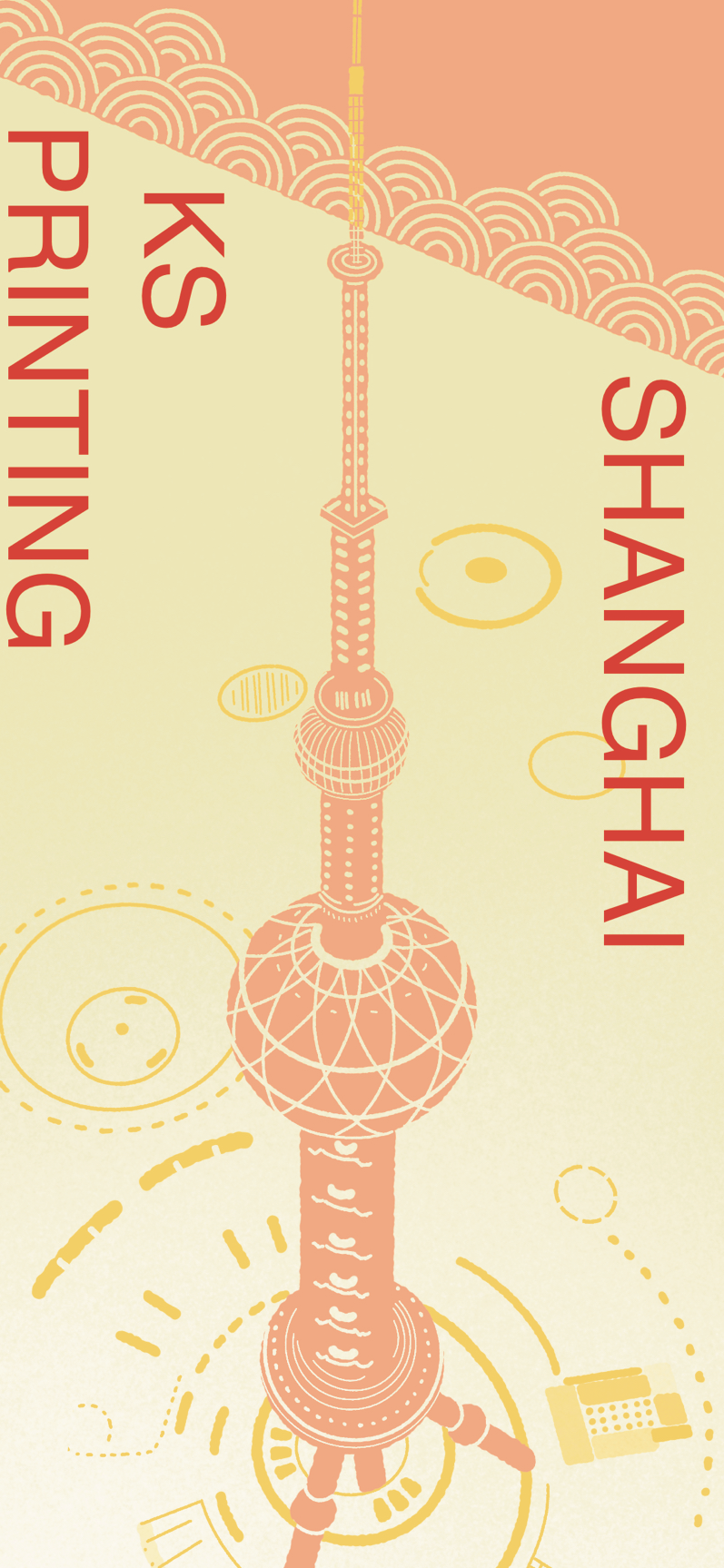Children's book printing, we must pay attention to the environmental standards.
2021-05-27
Children's book printing environmental standards, you know how much?
This article introduces us to the knowledge on this issue; the terminology may be professional, but the children's book environmental issues are that every caring parent faces daily problems. I hope this can further draw attention.
Why should we pay attention to the environmental standards of children's book printing?
Now many parents are very concerned about developing children's reading habits to prepare a variety of cards, picture books, books and other printed materials for children. However, if the purchase of these printed products for children, do not pay attention to, do not care about the quality of printed materials, it may lead to some printed materials on children's health bring different degrees of negative impact.
So what kind of printed materials will bring adverse effects?
First of all, the environmental protection of printed materials and the quality of printed materials are not to be confused. The quality of printed materials refers to the clarity of handwriting and lines and accurate colour reproduction. And the environmental protection of printed materials means that the reader does not bring health hazards to the reader when flipping through the published materials.
Secondly, the special mention of children's books is that children are more likely to ingest harmful substances in children's books printed materials when they are reading.
First, it is because children, especially the young ones, may have the habit of tearing and biting books when reading them.
Second, many children's books have many colour pictures and use much more ink than ordinary text-based books. Therefore, children's books should have higher standards than regular books in terms of environmental protection.

Analyze children's books regarding their primary materials for printing: paper, ink, glue, and laminate.
Ink may contain benzene, especially colour ink, benzene class solvents, new books printed out of the solvent did not wholly evaporate; the reader will open the package will give off an unpleasant smell. Benzene, toluene is a strong-smelling liquid, extremely toxic, not only damage to the respiratory tract, but also can cause acute poisoning, paralysis of the central nervous system and other hazards, short-term inhalation makes people dizzy and nauseous, long-term exposure may damage the bone marrow, resulting in white blood cells, thrombocytopenia and aplastic anemia and so on.
Another source of irritating odour is the glue used for binding. Most of the adhesive used in bookbinding fast-drying agent, this volatile chemical generally takes 10 to 20 days to disappear completely, but the books are sealed in the bag, the smell can not be emitted, so the reader will still have the odour in their hands; in addition, some poor quality paper and adhesives contain a lot of formaldehyde talking a solid smell, long-term exposure to such chemicals are very harmful to health, seriously affecting children s physical development.
And then because children's book habits and adults are different, inferior quality ink, the paper may contain heavy metals, such as lead, through the child's hands and mouth contact, into the body, affecting children's bodies. Here, parents should be especially reminded that pirated books often use inferior paper, ink and glue, etc., to reduce costs. A solids test report shows that some pirated books contain 100 times more lead than similar genuine books, so it is essential to screen pirated books for children.
For genuine children's book printing, the same environmental standards need to be adopted to limit harmful ingredients in printing materials.
On September 14, 2010, the former State Administration of Press and Publication and the Ministry of Environmental Protection signed the "Implementation of Green Printing Strategy Cooperation Agreement," focusing on three aspects of the paper, ink and hot melt adhesives for the strict control of heavy metal residues as well as volatile organic pollution.
October 8, 2011, the General Administration of Press and Publication and the Ministry of Environmental Protection jointly issued a "Notice on the implementation of green printing" clearly the implementation of green printing guidelines, scope objectives, organization and management, green printing standards, green printing certification, work arrangements and supporting security measures, etc., to promote the implementation of green printing to make a comprehensive deployment.
On April 6, 2012, the General Administration of Press and Publication issued a notice on the implementation of green printing in primary and secondary school textbooks, proposing that primary and secondary school textbooks must be entrusted to printing enterprises that have obtained the Green Printing Environmental Label Product Certification. The goal of the work is that from the fall semester of 2012, the number of green printed primary and secondary school textbooks used in each region should account for 30% of the total number of local primary and secondary school textbooks used; in 2014, the Printing Management Department of the State Administration of Press, Radio, Film and Television announced the critical achievement of complete coverage of green printing of primary and secondary school textbooks nationwide.
The Technical Requirements for Environmental Labeling Products Offset Ink applies to offset printing inks other than radiation-curing inks and is formulated concerning the environmental labelling standards of Japan, Australia, Korea, New Zealand and other countries, and taking into account the current technical status of offset printing ink manufacturers in China and the environmental characteristics of the products. Benzene solvents, heavy metals, volatile compounds, aromatic hydrocarbon compounds, vegetable oils in offset printing ink control requirements, while the safe use of the product to make provisions for the effective use and conservation of resources, reduce the impact of offset printing ink in the production, use and disposal process on the environment and human health, improve environmental quality, and promote the production and use of low toxicity, low volatile products play a prominent role.
And to see whether the ink is environmentally friendly, whether it will hurt the author, mainly consider the following two points.
1. heavy metals, due to children's book habits, heavy metals in ink may be inhaled from the mouth.
2. volatiles, the solvents used in ink, and additives, such as aromatic hydrocarbons, alcohols, esters, ethers, and ketones. They will volatilize along with the drying of the ink, thus entering the respiratory system of the reader.
So what are the main types of environmentally friendly inks include?
1. Rice bran oil ink
Rice bran oil ink technology originates from Japan, at present our country also has many institutions and enterprises in its research, the main reason is that China and Japan are rice consumption and production of large countries, rice bran produced in the process of rice into rice has been only as animal feed, far from its maximum value, and the development of rice bran oil refining technology and rice bran oil in the technical breakthrough of ink, not only make rice bran to maximize the value, but also Make the printing ink environmental protection and sustainable development have been further improved.
The main advantages of rice bran oil ink are: ink VOC (Volatile Organic Compounds, volatile organic compounds) residue is low, migration is common, environmental pollution is small; rice bran resources are easy to realize localization, in line with China's national conditions; rice bran oil ink gloss is high, the harmful substances in the printed products are less residue, increased security.
2. Soybean oil-based ink
The aromatic hydrocarbons of mineral oil in ink are reduced or disappeared, still can't avoid the influence of VOC, so some of the mineral oil is replaced by soybean oil soybean oil-based ink, soybean oil will be lightly purified, mixed with pigment, resin and other additives. Soybean ink has many other advantages: rub-resistant, no irritating odour, light and heat resistant, easier to recycle, a wide range of colours, etc. In addition to soybean oil, other vegetable oils can also be used, such as flax oil, etc.
3. Water-based ink
Water-based inks do not contain volatile organic solvents and only need to use water for dilution in printing. Therefore, water-based inks significantly reduce the emission of VOCs and avoid the pollution of VOCs. At the same time, it significantly reduces the residual hazardous substances on the surface of printed products. It is one of the most environmentally friendly types of inks that meet green standards. In addition, the application of water-based inks can also reduce the potential fire hazards caused by static electricity and flammable solvents and reduce the smell of solvent residues on the surface of printed products, so water-based inks in food packaging, children's toy packaging and tobacco and wine packaging and other fields of application is becoming more and more common.
Finally, again about the lamination process.
Lamination is the surface decoration of printed products' finishing process; printing and packaging industries are widely used. However, many laminating processes still use laminating technology, which brings great harm to our environment and body. The laminating process uses a lot of benzene solvents, which is a potent carcinogen. This has led to many printed packaging products being laminated through the ready-to-coat technique, such as the laminated covers of textbooks and other books, which are very harmful, especially to children. According to a study by the National Cancer Institute, children who have long-term exposure to products containing benzene are most likely to develop blood disorders such as leukemia.
Therefore, children's book printing should not use the lamination process as much as possible.








































